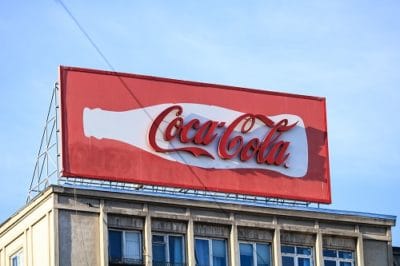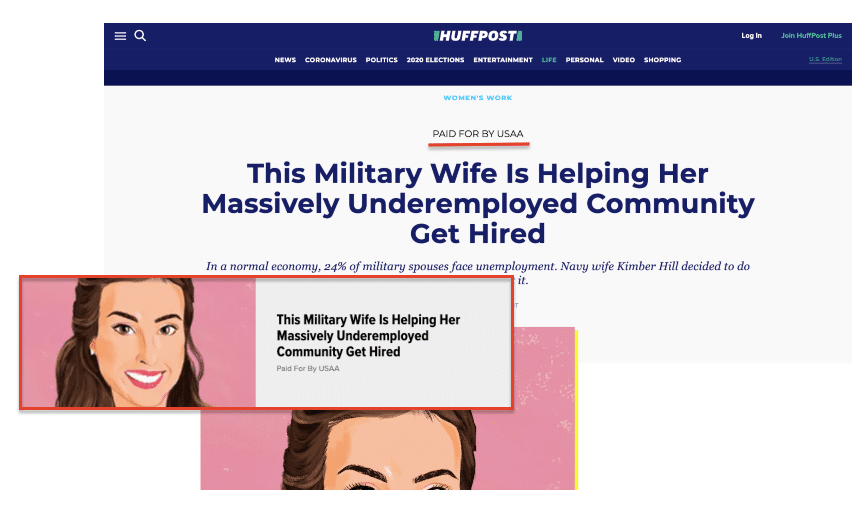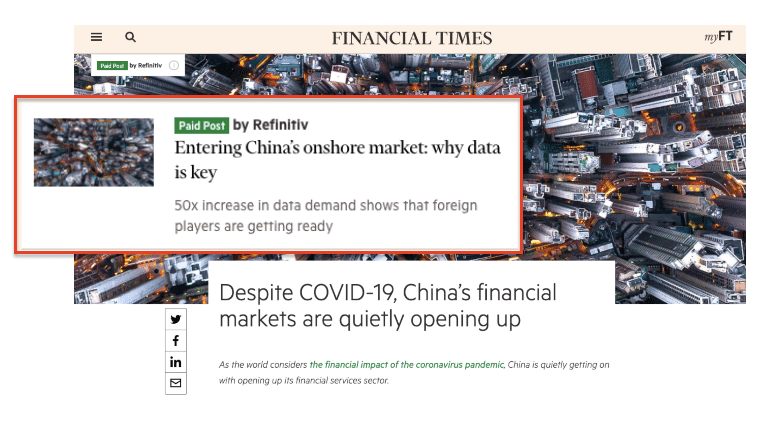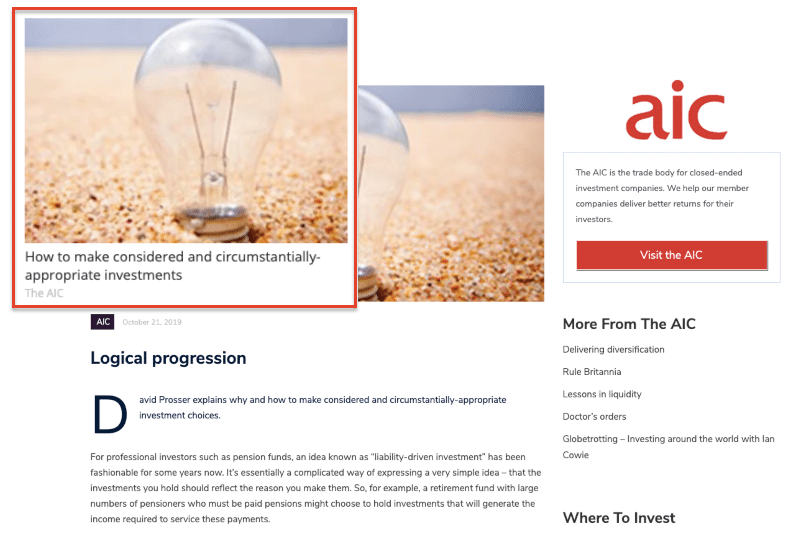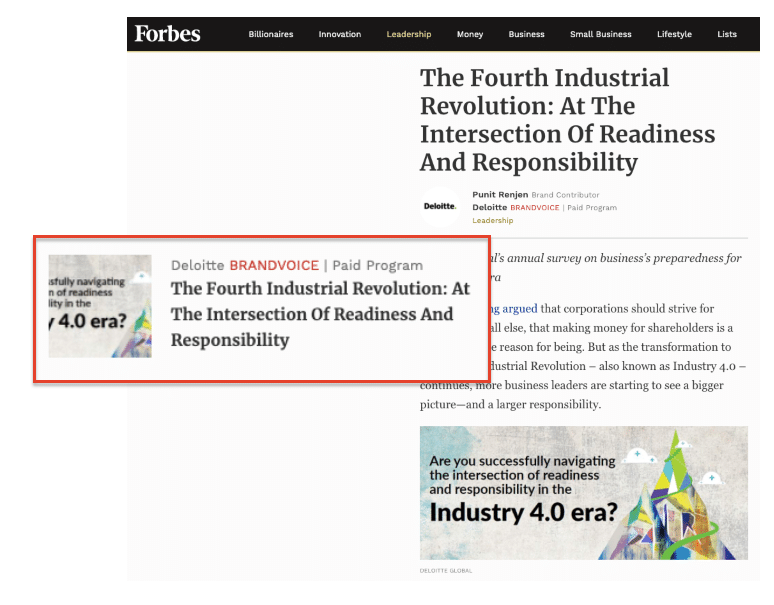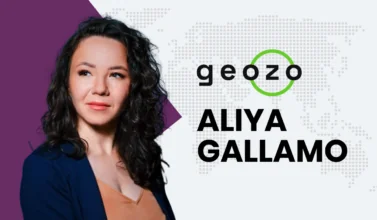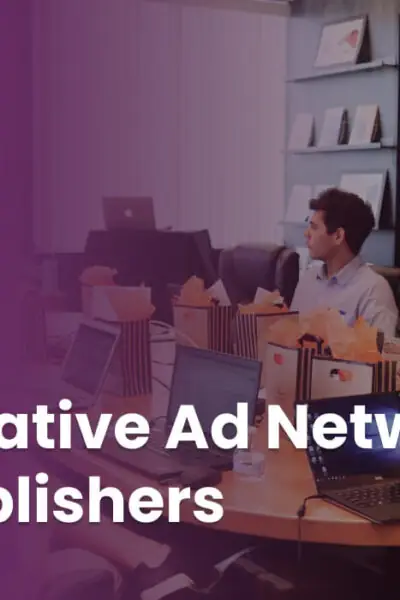Do you know that customers don’t hate ads? They hate low-quality, disruptive sales pitches. But if they see a clever ad campaign that offers real value or entertains, they don’t care whether it’s a paid campaign or not – they just interact with it.
When taking the stage a decade ago, native advertising revolutionized the advertising industry. Non-intrusive branded messages that fit seamlessly into editorial content helped advertisers combat banner blindness and increase click-through rates significantly.
Since then, native advertising approaches have changed a lot – now, advertisers and publishers are able to trade ad space programmatically, native ads are being served on social media, and, what’s most important, native ads should be clearly labeled for ethical reasons, according to the FTC guidelines published in 2015.
The evolution of native advertising has contributed to the growing popularity of this advertising method. Before the Coronavirus outbreak, US advertisers were predicted to spend almost $53 billion on native advertising in 2020, which accounted for two-thirds of display budgets. This alone tells a lot about the effectiveness of this approach.
While helping advertisers boost their revenues, native ads also support quality journalism. Publishers not only monetize their websites by serving native ads but also increase their online visibility by distributing their own content through native ad networks.
If you also want to enjoy the benefits of this advertising approach, we offer you to get some inspiration by checking out the best examples of native ads on today’s web.
Native ads or branded content?
Before we move on to native advertising examples, we need to define what we refer to as native ads.
Native advertising formats include social media in-feed ads, content recommendations on news websites, promoted listings on e-commerce sites, and… right, branded content. There are different ways to distribute every single native ad format. But whether we talk about an Outbrain ad campaign or a branded content campaign, if we check the definition of native advertising, we’ll see both are native.
Therefore, along with showcasing typical content recommendations, we’ll highlight quite a few amazing examples of branded content.
USAA
The first campaign we’ll talk about is the one run by USAA, a financial services company.
What distinguishes many of the great native advertising campaigns is their focus on storytelling. When clicking on a post with the ‘paid content’ label, you expect to see at least one mention of a sponsor’s product or service blended in the content in the most imperceptible manner. However, in modern marketing, you shouldn’t necessarily be ‘salesy’ to communicate your brand messaging.
This paid campaign is listed among other editorial articles on HuffPost. Although it’s clearly marked as a paid post, it resembles the form and function of other HuffPost’s publications and doesn’t disturb user experience.
What’s the aim of this campaign? The main goal here is to build brand awareness and strengthen customer loyalty. USAA is known for providing insurance, banking, and investment services to the military community. Telling the story of a woman helping unemployed military spouses get hired, USAA shows their commitment to problems of the community and boosts their brand trust.
Babbel
This great campaign by Babbel illustrates how native ad campaigns should be and can be built. Unlike the previous example, Babbel’s ad is distributed across thousands of publishers’ websites with the help of content distribution networks, such as Outbrain and Taboola.
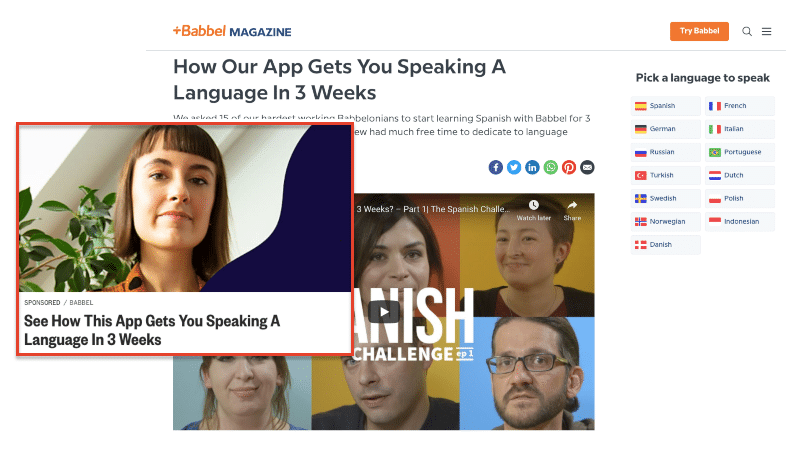
A catchy headline is an integral part of a successful advertising campaign. When it comes to promoting a learning app, what else can you promise if not to deliver results fast? Some programs assure you’ll be speaking new languages in a few months, some say they can teach you in a month, but Babbel claims their app gets users speaking languages in only 3 weeks.
So, we already have an extremely appealing title that catches readers’ attention. What’s the next important thing for an effective campaign? It’s a landing page users come to after clicking on an ad. Babbel’s landing page exceeds the expectations. Instead of empty words on their professional level and experience, you’re offered to check out their 3-week challenge that proves the point.
What’s the idea behind this challenge? There are 3 short videos that showcase how 15 non-expert learners were mastering Spanish basics week by week, spending about half an hour per day with the app.
The content addresses concerns of the most skeptical learners and encourages them to test the app themselves. For those who are ready to take action immediately, the landing page has enough conversion elements that attract their attention. The rest of the visitors will remember this campaign and recall it when they decide to learn a new language.
Refinitiv
Refinitiv is a global provider of financial market data and risk solutions. In their native ad campaign on Financial Times, Refinitiv shares their insights into the financial impact of the Coronavirus pandemic over China’s financial markets.
In the post, the company shares its expertise and establishes itself as a trusted source in market navigation during a crisis. A reader is offered to visit the company website to get more curated COVID-19 insights, watch their webinars, and eventually, become a customer.
Given the fact the post is published on Financial Times, the audience seeing it and interacting with it is highly relevant to Refinitiv’s offerings. Compared to the campaign run by USAA, this one is more straightforward and might work well for lead generation purposes.
The AIC
The next native ad is displayed within Dianomi’s content recommendation widget on MarketWatch. Dianomi is a native advertising platform for distributing finance, corporate, and technology-related content. Their widgets are served only on websites for stock markets, economy, and business news.
The campaign run by the AIC, Association of Investment Companies, doesn’t differ much from the above-listed ones. Its target audience is clearly defined by the specificity of websites it’s served on and by the campaign content itself. As a result, the company must be getting highly qualified campaign clickers and leads coming from this post to their website.
Content from our partners
Deloitte
Being a leading global provider of audit and assurance, consulting, financial advisory, and related services, Deloitte understands the importance of maintaining their online presence and delivering meaningful content.
Deloitte is known for its well-crafted content marketing campaigns that always hit the target. As the company works with a large number of industries, creating useful content for every individual audience is a key part of their marketing strategy.
To position itself as a trusted expert, Deloitte keeps publishing educational content, hosts podcasts, and produces insightful studies.
Deloitte has a solid content distribution strategy. Developing a wide variety of content formats, Deloitte’s marketers take time to distribute this content across multiple channels. What’s most important, they know who their target audiences in every segment are.
The paid campaign we found on Forbes promotes one of the company’s recent surveys. The topic appeals to business leaders, which means the right choice of the publisher – the campaign content is aimed at Forbes target audience. After going through a summary of the research results, a reader is offered to view full findings on Deloitte’s website. This is how Deloitte distributes its top-funnel content to attract audiences and convert them into customers later.
What’s a successful native ad campaign?
Based on the examples you’ve just seen, it can be concluded that a successful native advertising campaign must include the following components:
- A catchy headline. Mind that while being engaging, a native ad title should be related to what you promise on the landing page. Without it, you’ll be wasting money on clicks that deliver nothing but high bounce rates.
- A relevant topic. Even if a campaign is aimed at distributing top-funnel content, it’s crucial that it’s relevant to your target audience. Promoted content should appeal to them and build a positive image for your brand.
- Targeting. An advertiser should understand who they are targeting and where they can reach these people.
- Credibility. Due to its form, native advertising can be extremely effective for building brand trust and boosting loyalty. Using native ads to distribute credible and timely content, you’ll position yourself as an expert and gain customer trust.


